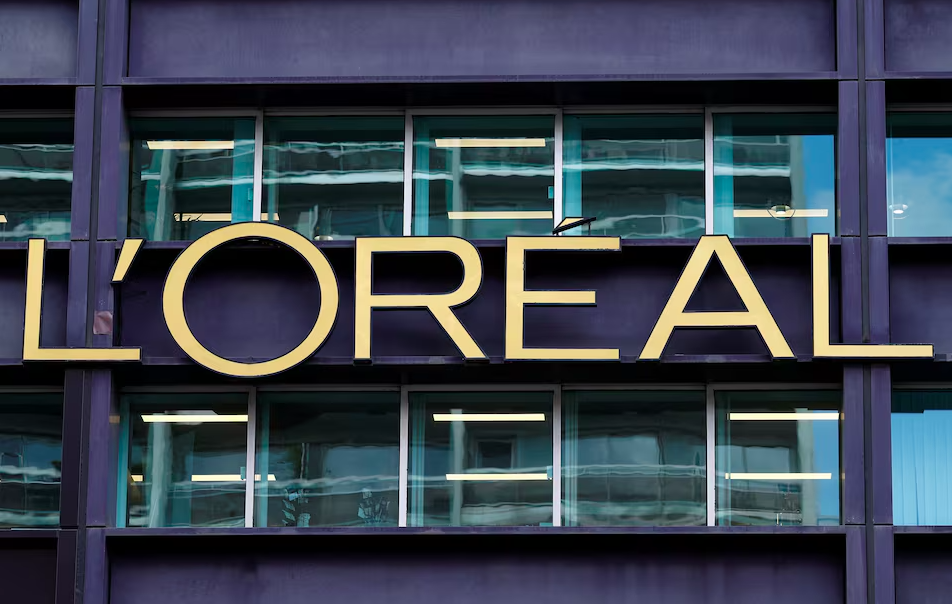In a major shake-up of the global luxury landscape, Kering has agreed to sell its beauty division, Kering Beauté, to cosmetics giant L’Oréal for around €4 billion. The move marks a decisive strategic pivot for the French luxury group as it doubles down on its core fashion and jewellery houses amid a slowdown in global luxury demand.
A Strategic Refocus
Kering launched its beauty arm only two years ago, acquiring the perfume house Creed and signaling its ambition to build a standalone luxury beauty business. However, the division struggled to scale up, and the company faced rising debt and declining performance at its flagship brand, Gucci.
By selling the unit, Kering is taking a clear step back toward its original strengths — fashion, leather goods, and jewellery — while strengthening its financial position. Under CEO Luca de Meo, the group appears to be re-centring on creative leadership and profitability rather than diversification.
The Deal in Detail
L’Oréal will take full control of Creed and obtain exclusive, long-term licences to produce and distribute beauty products for several of Kering’s fashion houses, including Gucci, Bottega Veneta, and Balenciaga. The licensing agreements, reportedly set for multiple decades, give L’Oréal valuable access to some of the most recognisable names in global luxury.
The acquisition also opens new opportunities for collaboration between the two groups in wellness and longevity — areas both companies see as future growth drivers beyond traditional beauty categories.
Implications for Kering
For Kering, this divestment provides immediate financial relief and sharper strategic focus. The company will use proceeds to reduce its net debt — which had climbed to around €9.5 billion by mid-2025 — and reinvest in its core brands.
The sale also signals a broader reassessment of how luxury conglomerates manage brand extensions. Operating in beauty requires a different set of capabilities, including global distribution, marketing, and scale — strengths that L’Oréal, not Kering, has built over decades.
What It Means for L’Oréal
For L’Oréal, the acquisition reinforces its position as a dominant force in high-end beauty. By gaining control of luxury fragrance and cosmetics lines tied to major fashion houses, the company expands its premium portfolio and strengthens its long-term growth pipeline.
The deal also gives L’Oréal a competitive edge against rivals such as Estée Lauder and Coty, which have historically relied on similar licensing partnerships.
Industry and Market Outlook
This transaction reflects a broader shift in the luxury sector toward portfolio optimisation and strategic discipline. Luxury groups are increasingly focusing on core competencies, while forming alliances or licensing deals for adjacent categories like beauty, eyewear, or hospitality.
For investors and analysts, Kering’s move may also serve as a case study in how companies adapt during cyclical downturns in luxury demand — prioritising focus, liquidity, and long-term brand equity over expansion into less familiar territories.
The Bigger Picture
Ultimately, the Kering–L’Oréal transaction highlights how the boundaries between fashion and beauty continue to blur, even as ownership structures evolve. It’s a story of realignment: Kering choosing depth over breadth, and L’Oréal expanding through partnership rather than invention.
As both groups navigate changing consumer behaviour and global market headwinds, this €4 billion deal underscores one enduring lesson of luxury management — strategic clarity is itself a form of resilience.
